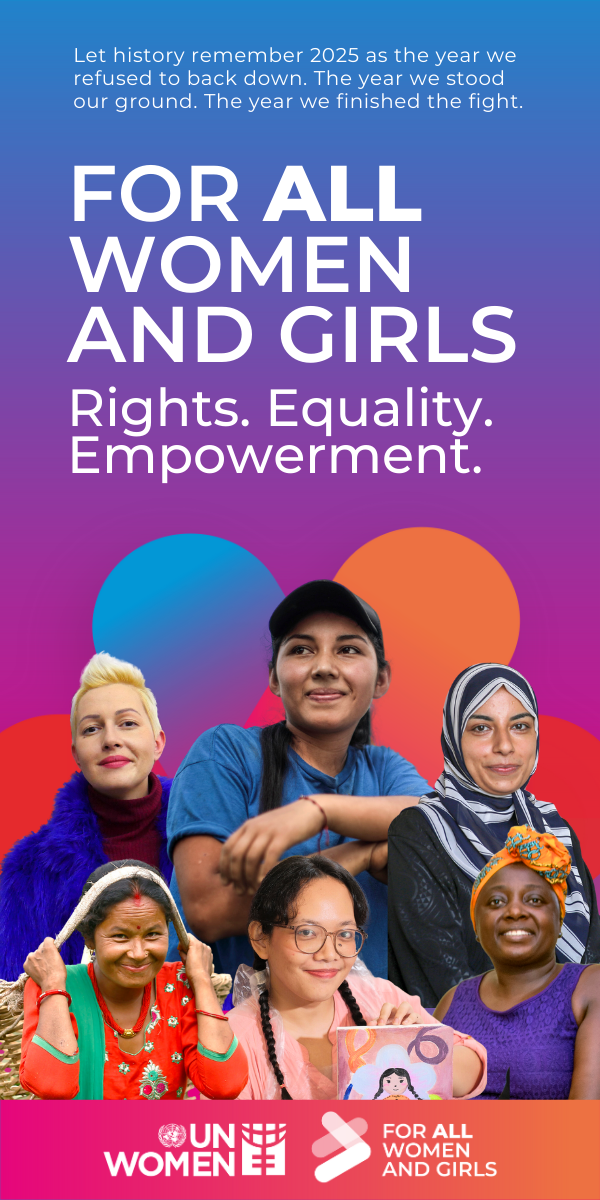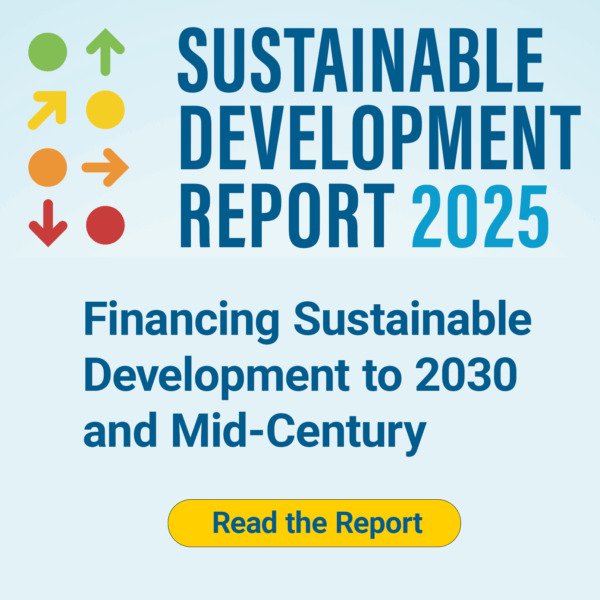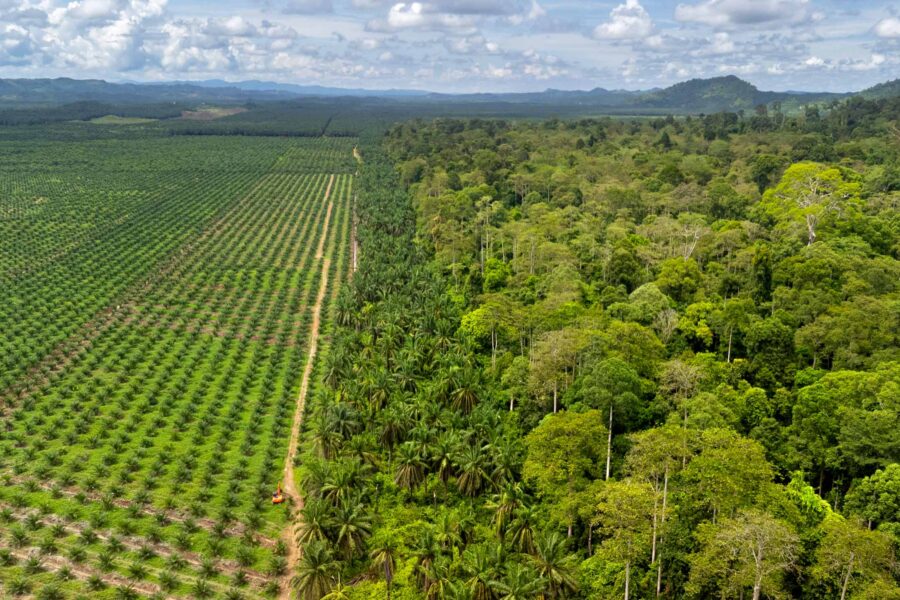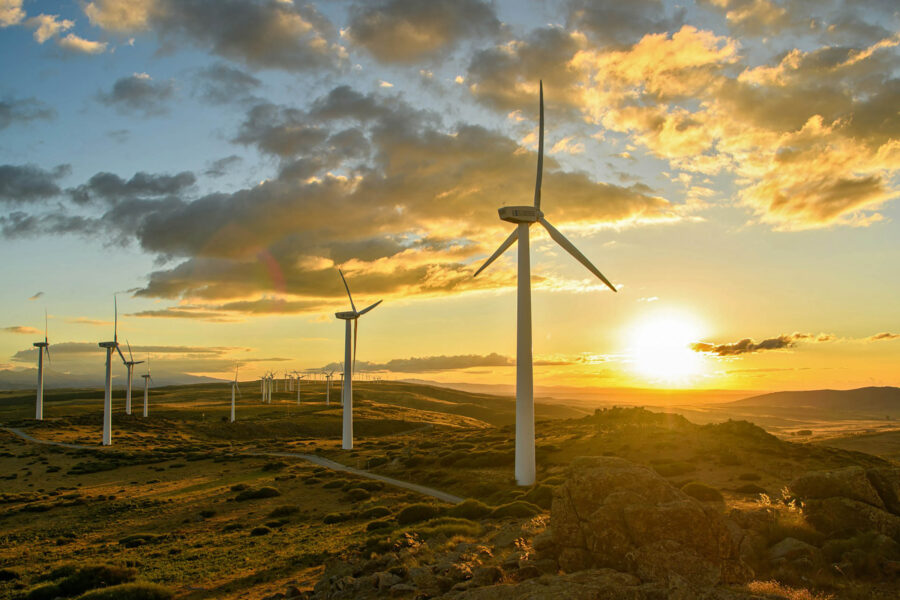A decade after Paris: can COPs finally accelerate climate action?
The world is warming faster than our systems can respond. How can the COP process turn new commitments into action before the window for impact closes?
Climate — Global

Ten years after the world united behind the Paris Climate Agreement, this year’s UN climate talks, otherwise known as COP30, arrive with incredibly high stakes. Climate impacts are no longer distant projections or data on the page – they’re impacting communities on every continent right now, challenging governments to meet an existential moment that keeps outpacing politics and dialogue.
COP30’s timing forces a necessary reality check. A decade after the landmark Paris Agreement, this is the moment to measure progress honestly: what’s moved forward, and what still isn’t anywhere close to where it needs to be. So the question is: are we on track?
The quick answer? We’re progressing, but not nearly fast enough.
By the beginning of the COP, 113 nations had already unveiled their 2035 climate plans – the next round of nationally determined contributions required under the Paris Agreement – covering countries responsible for about 71% of global emissions. It’s a promising direction of progress on climate action, but these pledges are only the beginning of the full story. They must be treated as the starting point, not the finish line. The real test, and what matters now, is whether governments have started to and can translate these commitments into concrete action at home – and whether they can deliver deeper emissions cuts this decade, when it counts most.
As negotiators debate in COP30, the task is clear: raise the ambition on real-world delivery and finally secure the financial support that the world’s most vulnerable nations have been calling for since the Paris Agreement was first signed.
Mitigation efforts to cut greenhouse gas emissions have been too slow to keep pace with what science – and lived experience – demand. According to the latest UN reports, instead of closing the gap to the Paris Agreement temperature goals, the world continues to drift away from them. The consequences no longer exist in the abstract. More extreme heat, devastating storms, mounting economic losses, and lives and livelihoods uprooted continue, sadly, to become all too familiar stories across the globe, from the Caribbean to the Horn of Africa.
Where are we lagging behind?
For all the progress made since the inception of the Paris Agreement, the gaps are glaring and growing. According to the State of Climate Action 2025 report, governments are still pouring money into fossil fuels at an alarming pace – more than USD 1.5 trillion in 2023 alone, outstripping even the USD 1.3 trillion countries agreed to mobilize by 2030 for developing countries to address climate change, at COP29 in Baku.
At the same time, global deforestation is again on the rise, pushing places like the Amazon toward becoming carbon sources rather than sinks. And steel decarbonization, one of the hardest but most essential industrial transitions, has also stalled.
Our ability to adapt and tackle unavoidable loss and damage is faring worse. The UN Environment Programme’s Adaptation Gap Report 2025 estimates that countries now face between USD 310 and 365 billion in annual adaptation needs, whether measured through models or spelled out directly in national climate plans. Yet public investment continues to lag far behind, widening a gap that leaves vulnerable communities exposed and underprepared.
And still – amid all this – there’s a reason the world keeps showing up. The climate summits remain the only multilateral process that reliably brings heads of state to the table, and not a single country has walked away from the Paris Agreement (except one glaring absence). The picture isn’t all bleak. The momentum still survives. But the distance between what’s needed and what’s happening is impossible to ignore.
Where has progress been made?
For all the gaps, the last decade has also delivered real gains, providing a roadmap on momentum the world can and should build on. Below are a few examples.
Global temperature projections
These have improved meaningfully. Instead of the catastrophic 4°C to 5°C trajectory expected before Paris, we’re now on a 2.6°C to 3.1°C path. This is still far from safe, but unquestionably better than the world we were headed toward.
Clean energy revolution
This has been one of the Paris Agreement’s biggest bright spots. Solar prices have fallen by roughly 90% since 2015 and onshore wind by about 70% – four times faster than early Paris-era forecasts. The result: in 2024, 71% of the European Union’s electricity came from clean sources, with wind and solar surpassing coal for the first time. India surged to become the third-largest generator of wind and solar power and is expanding clean mobility in rural regions, from electric tractors for farmers to affordable EV access for women. Across Africa, major solar projects are taking off in Senegal, Namibia, Zambia, and South Africa. And countries like Mexico and Colombia are charging ahead on transitioning away from fossil fuels.
Electric vehicles
EVs are another bright spot. EV sales have outpaced predictions and are on track to hit 100 million vehicles on the road by 2027. Ethiopia stands out as a pioneer. The first country to ban imports of petrol and diesel vehicles, it’s crafting a national blueprint for electric mobility with a goal of bringing in 500,000 EVs by 2030.
Clean energy jobs
These are also booming. The sector now employs 16.2 million people worldwide, outnumbering fossil fuel jobs – and it continues to grow.
Policy frameworks
These have strengthened too. Net-zero commitments have multiplied, and climate laws and regulations have expanded dramatically since 2015.
Clean energy investment
And the money is starting to follow the momentum as well. Global clean energy investment will reach an estimated USD 2.2 trillion in 2025, double what the world is spending on fossil fuels.
These gains don’t cancel out the shortfalls, but they prove what’s possible when ambition, technology, and policy start pulling in the same direction.
Paving the way forward
Looking ahead, the world needs to go deeper than the headlines. Beneath the noise, there are hundreds of proof points – from innovative climate policies to just transition models to community-led adaptation projects – that show what a green, resilient economy already looks like in practice.
Climate progress isn’t only made in global negotiating halls. As the 2025 Local Leaders Summit in Rio reminded us, local action is often driving the most transformative change, with mayors, governors, and local communities leading the charge. The private sector can be mobilized more decisively to bring investments where it falters. They must continue to lead, especially when national governments stall. Elevating these stories and strengthening peer-to-peer learning across regions will be essential to accelerating real-world action.
At a moment when implementation is everything, we need to turbocharge what works. Pilot projects must move faster, replicate smarter, and scale proven solutions with far more investment. And we must do it through the lens of equity and justice. A just transition is not a slogan – it’s a governance challenge. It requires protecting workers, including those in fossil fuel sectors, supporting vulnerable communities, promoting economic diversification, and preserving ecosystems.
The advisory opinion from the International Court of Justice will help bolster legal backing for stronger climate ambition and fossil fuel regulation, while clear safeguards and standards can reinforce trust and ensure climate action avoids unintended harm.
Nature-based solutions must also play a central role, but only when they are grounded in rights-based, inclusive approaches led by indigenous peoples and local communities. Done poorly, they reinforce inequity. But done well, they deliver climate resilience, emission reduction, and development gains.
However, financing all of this remains the linchpin. Scaling up climate finance, capacity building, and technology transfer – especially under the Baku-to-Belém Roadmap and its goal of mobilizing USD 1.3 trillion annually for developing countries by 2035 – must sit at the heart of COP30’s arc of implementation.
We must invest in underutilized opportunities. On mitigation, there is enormous low-cost potential in reducing non-CO₂ pollution and efforts that complement work already underway through the Montreal Protocol.
On adaptation, progress continues to lag even as the economic case strengthens. Scaling adaptation could unlock 280 million new jobs by 2035. The COP30 Presidency’s decision to elevate adaptation is timely, reflecting a shift from merely managing climate risks to creating long-term value and aligning financial incentives with resilience.
What the next decade demands
We’re entering uncharted territory, as climate impacts are accelerating faster than our systems were built to handle. It’s not just a crisis of warming; it’s a crisis of imagination. Rising to this moment will require rethinking old models, redesigning tools, innovating finance, and scaling up the solutions already working on the ground.
COP30 must deliver both emergency brakes and accelerators: stopping what’s driving the crisis while supercharging what can carry us toward a more just, resilient future.
As Churchill reminded us: “success is not final, failure is not fatal: it is the courage to continue that counts.” That courage is exactly what the next decade demands.






